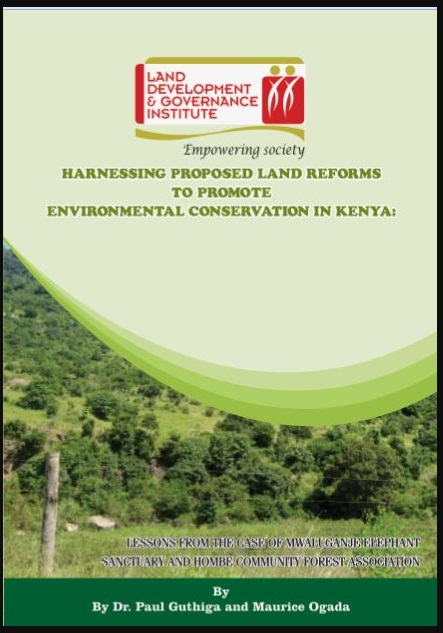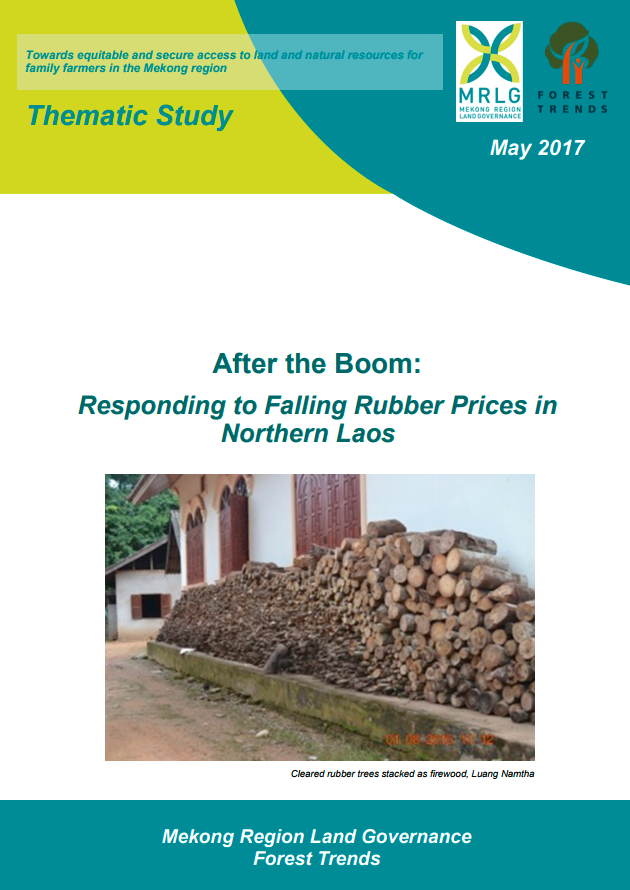Soil and Water Conservation Strategies in Cape Verde (Cabo Verde in Portuguese) and Their Impacts on Livelihoods: An Overview from the Ribeira Seca Watershed
Severe land degradation has strongly affected both people’s livelihood and the environment in Cape Verde (Cabo Verde in Portuguese), a natural resource poor country. Despite the enormous investment in soil and water conservation measures (SWC or SLM), which are visible throughout the landscape, and the recognition of their benefits, their biophysical and socioeconomic impacts have been poorly assessed and scientifically documented.





